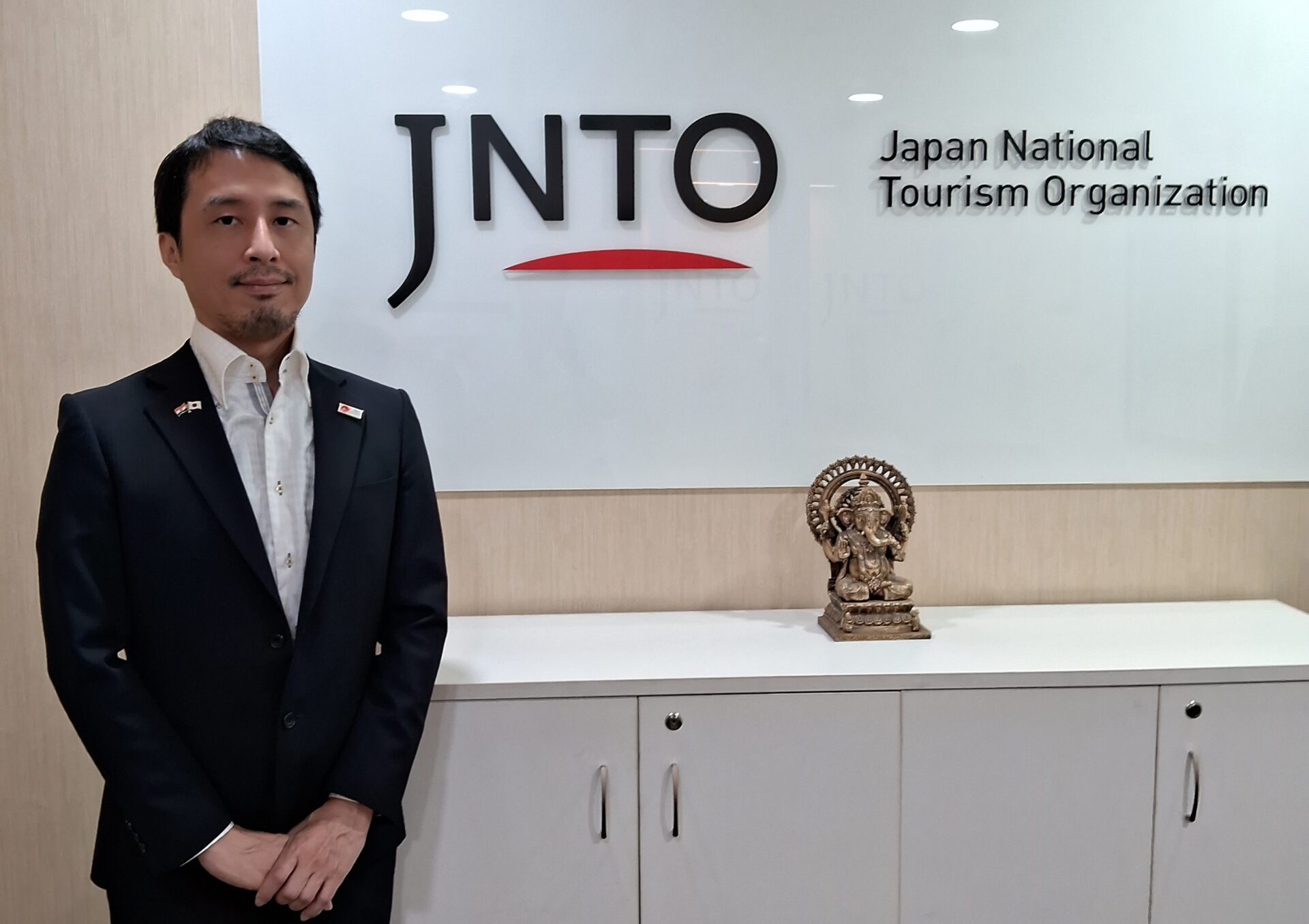Sanjay Ghare, Co-founder & CEO, Vervotech
The travel industry is rapidly evolving solely due to the technological progress the sector has witnessed over the last decade, presenting travelers with thrilling avenues for exploring destinations. Google Maps has become pivotal in this evolution, granting tour operators distinctive chances to interact directly with travelers and boost earnings. Whether in the busy lanes of Delhi or the serene waters of Kerala, tour operators across India are leveraging Google Maps to present their services and cater to the rising demand for unique travel adventures.
Google Maps serves as a pivotal platform for travelers in search of details about nearby attractions, activities, and services. When Indian tour operators list their tours and activities on Google Maps, they enhance their visibility and broaden their audience reach significantly. For instance, imagine a heritage walk operator based in Jaipur showcasing guided tours of the city’s iconic landmarks such as the Hawa Mahal and Amber Fort. The map increases the accessibility of these experiences but also simplifies the booking process for travelers, making it more convenient to explore and engage with the cultural richness of a location.
Google Maps also provides tour operators with a versatile platform to showcase their offerings using various forms of multimedia content, including photos, videos, and detailed descriptions. This feature empowers operators to create compelling listings that not only capture travelers’ attention but also inspire them to book experiences. For example, consider a houseboat operator in Kerala leveraging Google Maps to display images of the region’s serene backwaters. Highlighting the onboard amenities and cultural experiences available during the cruise through vivid descriptions and engaging visuals enables the operator to evoke a sense of excitement and adventure in potential travelers, enticing them to initiate a booking.
Additionally, tour operators in India can take advantage of Google Maps’ location-based advertising to target travelers actively seeking activities in specific areas. With in-app ads within Google Maps, operators can reach travelers near their tour starting points or popular attractions, leading to higher conversion rates. For example, a wildlife safari operator in Ranthambore National Park can target travelers exploring nearby destinations like Jaipur or Agra with ads promoting tiger safari tours.
Furthermore, Google Maps’ booking features simplify the booking process for travelers, enabling seamless transactions. With a simple integration of booking widgets or links into their Google Maps listings, operators allow travelers to book tours and activities directly from the platform. For instance, a trekking company in the Himalayas can include a booking link in its Google Maps listing, allowing adventure enthusiasts to effortlessly reserve spots on upcoming treks.
Several success stories illustrate how Indian tour operators have effectively leveraged Google Maps to drive direct revenue. For example, MakeMyTrip expands its offerings to include a wide range of curated experiences through its “Experiences” platform, enabling users to explore and book local activities, tours, and attractions directly from Google Maps.
Google Maps offers Indian tour operators numerous opportunities to enhance their revenue streams, from listing services and showcasing multimedia content to utilizing location-based advertising and booking features. With the capabilities of Google Maps, tour operators can expand their reach, attract more customers, and drive growth in India’s vibrant tourism industry.






